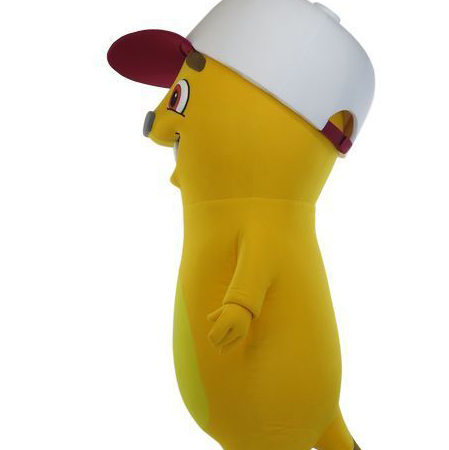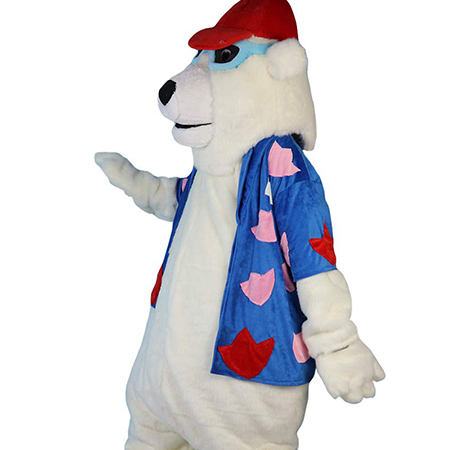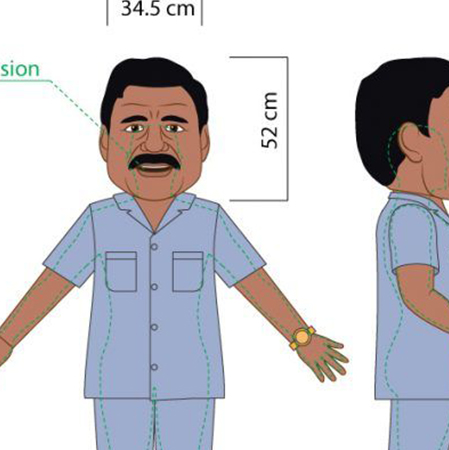Mascot costumes have long been a staple at sports events, corporate gatherings, and entertainment shows. They are designed to capture the audience’s attention and evoke emotions. Recently, the integration of emojis into mascot costume design has emerged as an innovative trend that combines modern digital communication with time-honored performance art.
Emojis offer a wide range of expressions and symbols that resonate with people across various age groups and cultures. By incorporating these familiar icons into mascot costumes, designers can create characters that instantly communicate emotions or themes without relying on words. For instance, a smiling face emoji can convey friendliness and positivity, while the thumbs-up symbol can represent approval and encouragement.

One significant advantage of using emojis in mascot costumes is their universality. Emojis transcend language barriers and cultural differences, making them ideal for international events or multicultural environments. A well-designed emoji mascot can bring people together by providing a common visual language that everyone understands, fostering inclusivity and engagement.
Additionally, emojis often carry strong emotional connotations, which can be leveraged to enhance the impact of a mascot. For example, a laughing emoji mascot can create a lighthearted atmosphere, perfect for family-friendly events, while a fire emoji might be used to inspire excitement and passion at sports games. This emotional resonance can make the mascot more memorable and relatable to the audience.

The versatility of emojis also allows for creativity and customization in mascot design. Designers can mix and match different emojis to create unique characters that stand out from traditional mascot designs. For example, combining a heart eyes emoji with robot arms can result in a lovable yet technologically advanced character. This flexibility enables mascots to better align with specific event themes or brand identities.
However, there are considerations to keep in mind when integrating emojis into mascot costumes. While emojis are generally understood, their interpretation can sometimes vary based on cultural context. Therefore, it’s essential to conduct thorough research and consider the target audience’s demographics to ensure that the emojis chosen will be appropriately received. Additionally, the physical execution of an emoji in a costume must maintain clarity and recognizability, even when scaled up for visibility in large venues.

In conclusion, the use of emojis in mascot costume design represents an exciting convergence of contemporary digital culture and traditional performance art. By harnessing the universal appeal and expressive power of emojis, designers can create engaging and memorable mascots that resonate with diverse audiences. As this trend continues to evolve, we can expect to see even more creative and impactful mascot costumes in the future.
